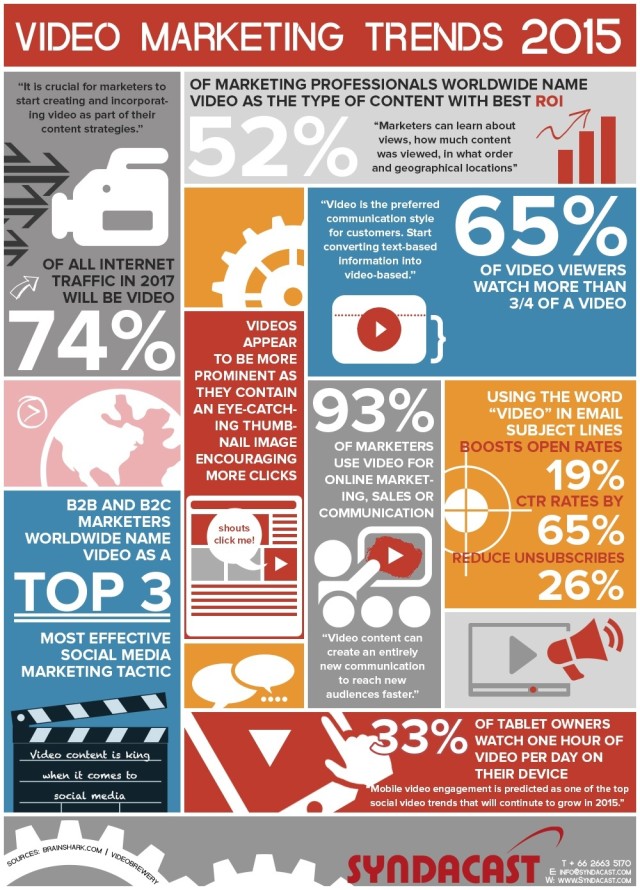Marketing to your brain
The psychology of costumer engagement, how to the costumer make his decision, whether is a B2B or a B2C – we have a sequence The latest scientific research shows us that we have three brains. We have complex, adaptive and fully functional neural networks or 'brains' in our heart, your gut and your head. Latest neuroscience findings about our multiple brains (head, heart and gut brains) teach us that by increasing intuitive abilities we can immediately generating wiser decision-making in our daily life. These are very interesting finding. It means that there is no one dimension where we make our decision. Let's review it within the marketing arena. The art of massaging was discover by Prof. Albert Mehrabian in 1967 about nonverbal communication showed that only 7% of all the information a person produces from a conversation comes from words, while 38% of the information comes from the tone of the speech, 55% of the body language. This claim was later publis




